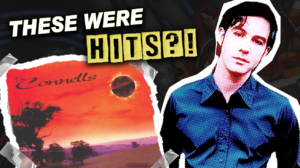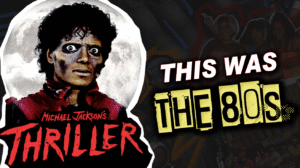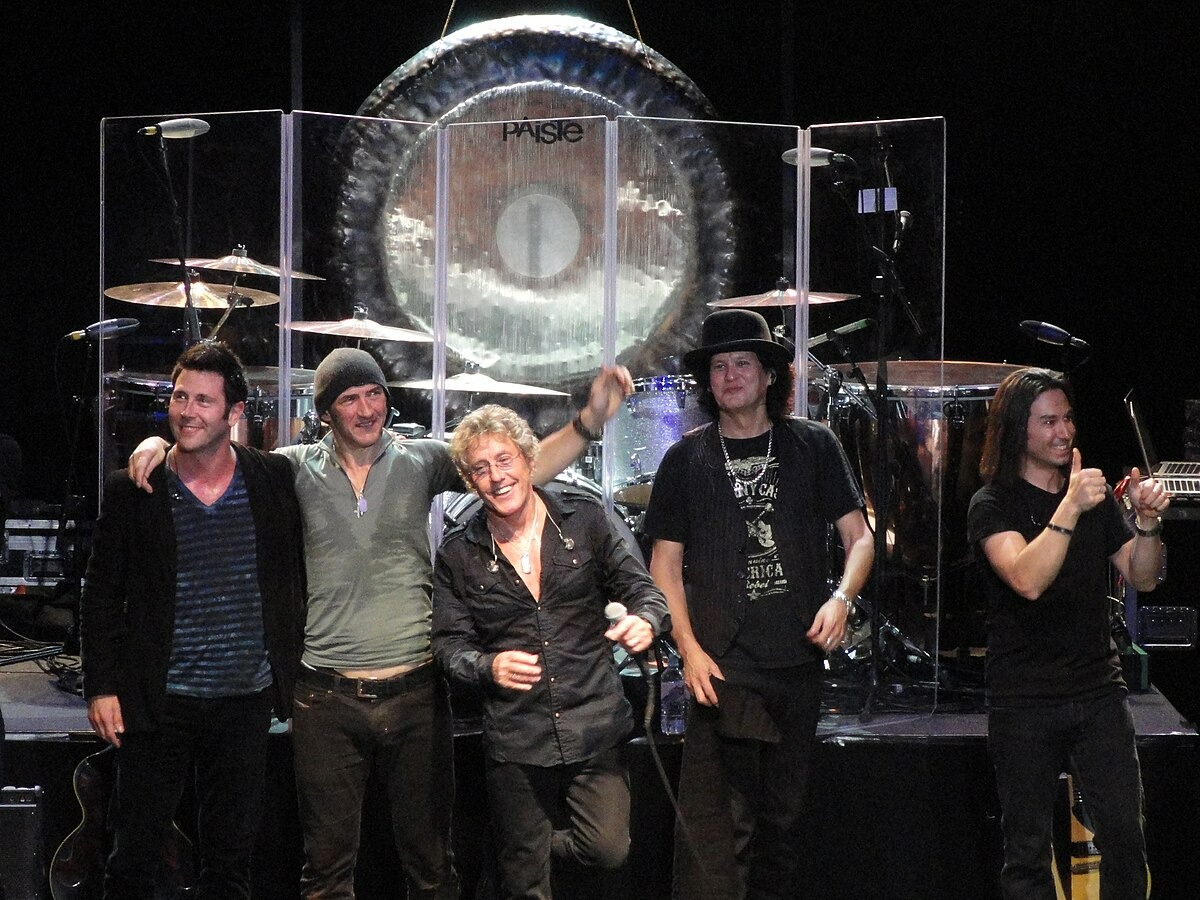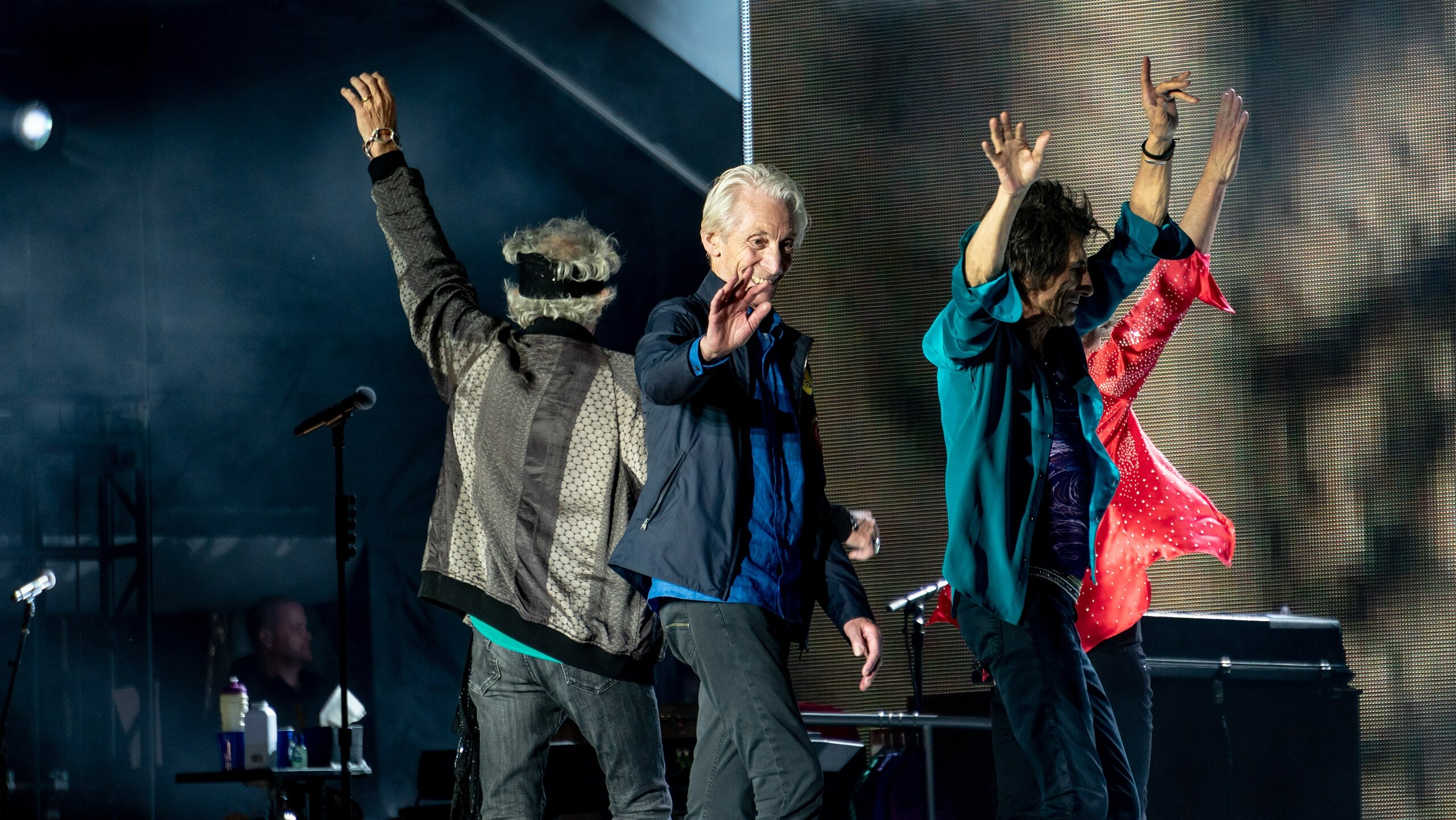
Rock stars don’t just make music—they make mythology. These tales cut through decades of industry spin to reveal the bizarre, beautiful, and sometimes brutal realities behind your favorite artists. From courtroom battles to desert cremations, these stories prove that truth beats fiction every time.
24. Bon Jovi vs. The $400 Million Man
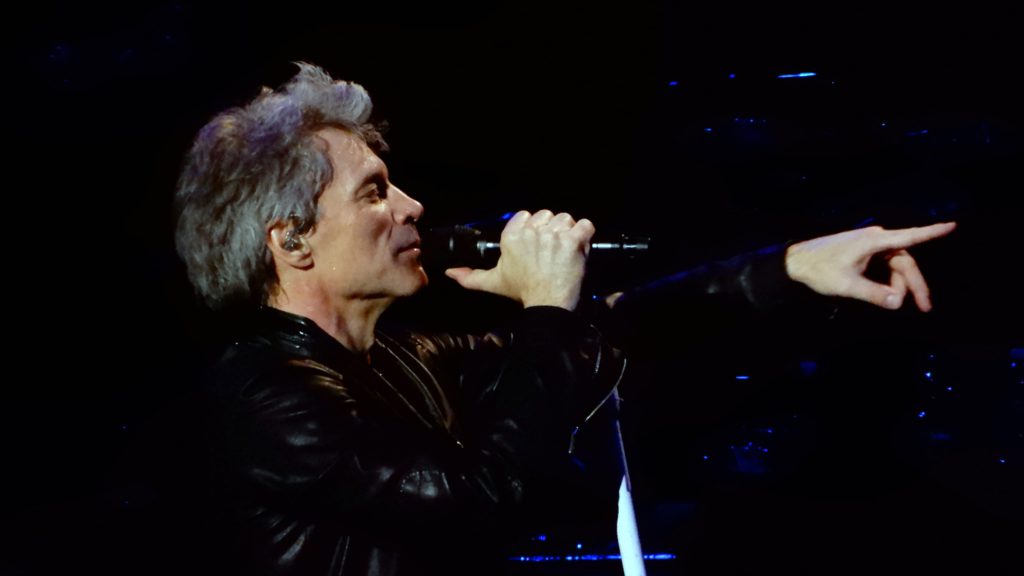
Boston musician Samuel Bartley Steele swung for the fences with a $400 million lawsuit against Bon Jovi. He claimed their hit “I Love This Town” ripped off his Red Sox anthem “Man I Really Love This Team.”
The federal judge wasn’t buying it. Dismissed the case faster than a pop-punk breakdown, ruling the songs shared only basic musical concepts that copyright doesn’t protect. Music plagiarism cases are notoriously hard to prove—similarity alone doesn’t equal theft.
23. Gram Parsons’ Desert Cremation

When country-rock pioneer Gram Parsons overdosed at Joshua Tree Inn in 1973, his road manager had other plans than a Louisiana burial. Phil Kaufman and buddy Michael Martin stole the body from LAX airport.
They drove a borrowed hearse into the desert and torched Parsons’ remains. The makeshift cremation honored a pact between friends: whoever died first got the Joshua Tree send-off. The story inspired a 2003 film and turned the desert into a musical pilgrimage site.
22. Keith Moon’s $500,000 Rampage
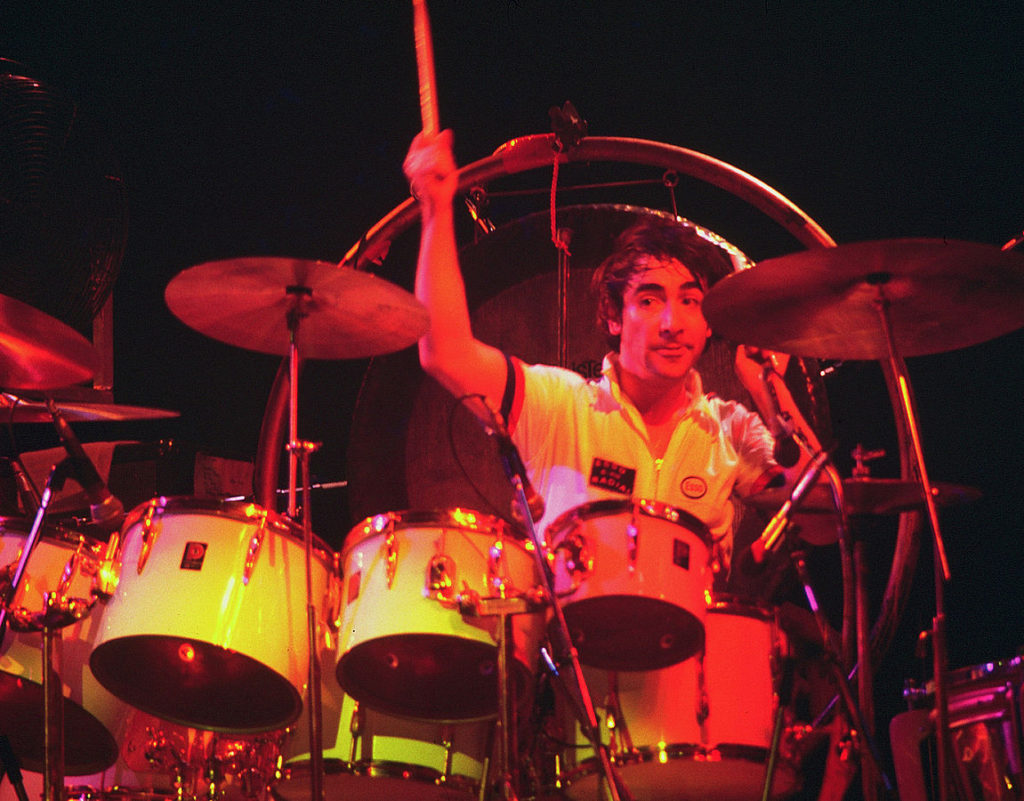
The Who drummer turned hotel destruction into performance art. Moon’s explosive antics—literally involving cherry bombs and dynamite—cost the band over half a million in damages.
His masterpiece? Driving a Lincoln Continental into a Holiday Inn swimming pool. The Who got banned from multiple hotel chains, but Moon’s chaos became rock legend. His self-destructive genius foreshadowed his tragic death at 32.
21. Kiss’s Bloody Marketing Genius
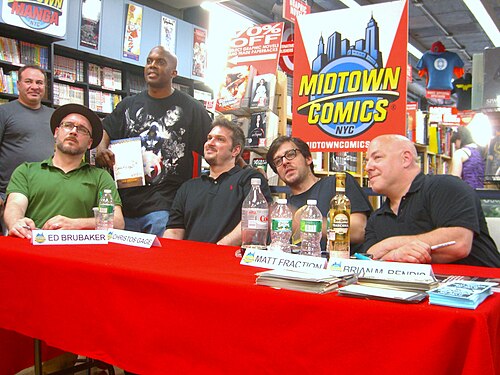
In 1977, Kiss took fan connection to new heights by mixing their actual blood with red ink for Marvel Comics Super Special #1. A registered nurse drew blood from all four members at Marvel’s Buffalo printing plant.
The notarized ceremony wasn’t just theater—it was brilliant marketing. The comic became a collector’s goldmine, proving Kiss understood mystique better than most bands understand their own songs. Original copies now fetch hundreds of dollars from devoted collectors.
20. Willie Nelson’s Burning Priorities
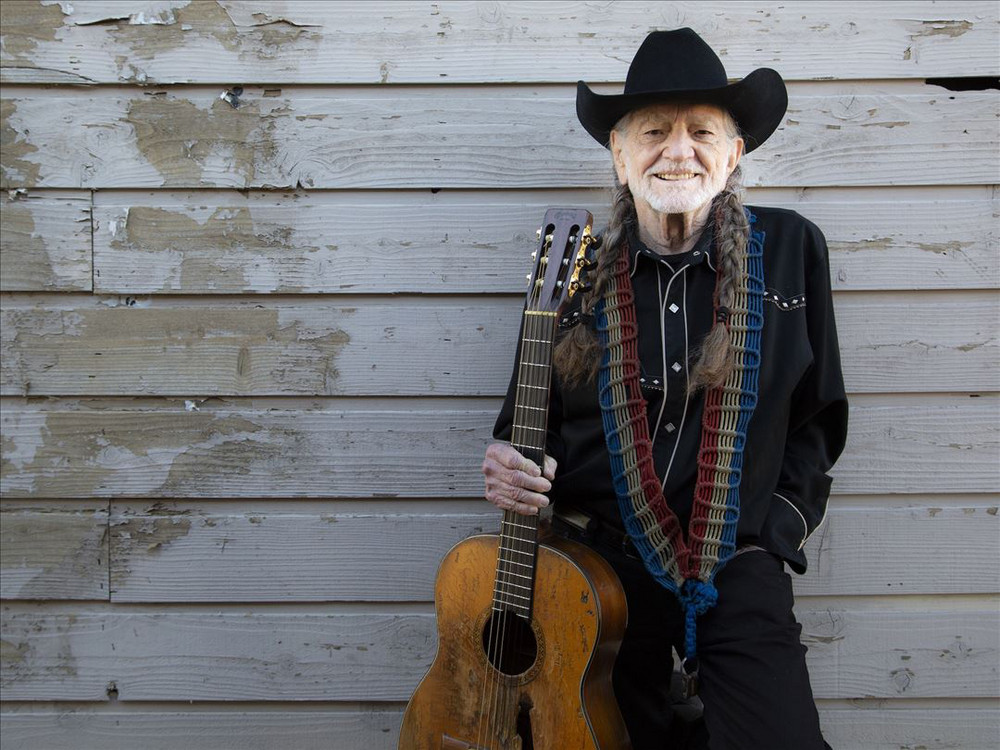
When flames consumed Willie Nelson Tennessee home in 1969, he didn’t grab photo albums or master tapes. He rushed into the inferno for two things: his guitar Trigger and a pound of marijuana.
The guitar became his signature instrument for life. The weed? Well, 1969 possession charges were serious business. Sometimes you save what matters most, consequences be damned. This tale perfectly captures Nelson’s outlaw country persona and twisted priorities.
19. Bowie and Jagger’s Bedroom Rumors
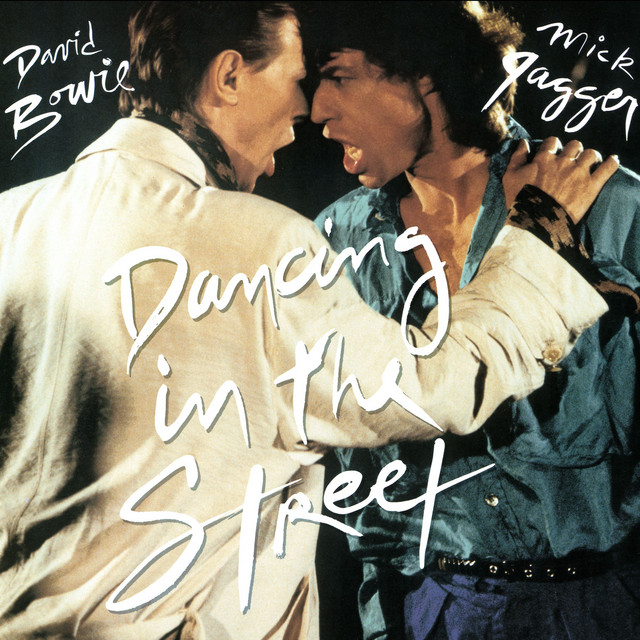
Decades of speculation swirled around David Bowie and Mick Jagger relationship. Angie Bowie claimed she found them in bed together—naked and comfortable.
Their 1985 “Dancing in the Street” collaboration only fueled more gossip. Whether romantic or just rock royalty being rock royalty, their friendship shaped two careers that redefined music. The ambiguity perfectly reflected the sexual fluidity of the glam rock era.
18. Marilyn Manson’s Calculated Chaos
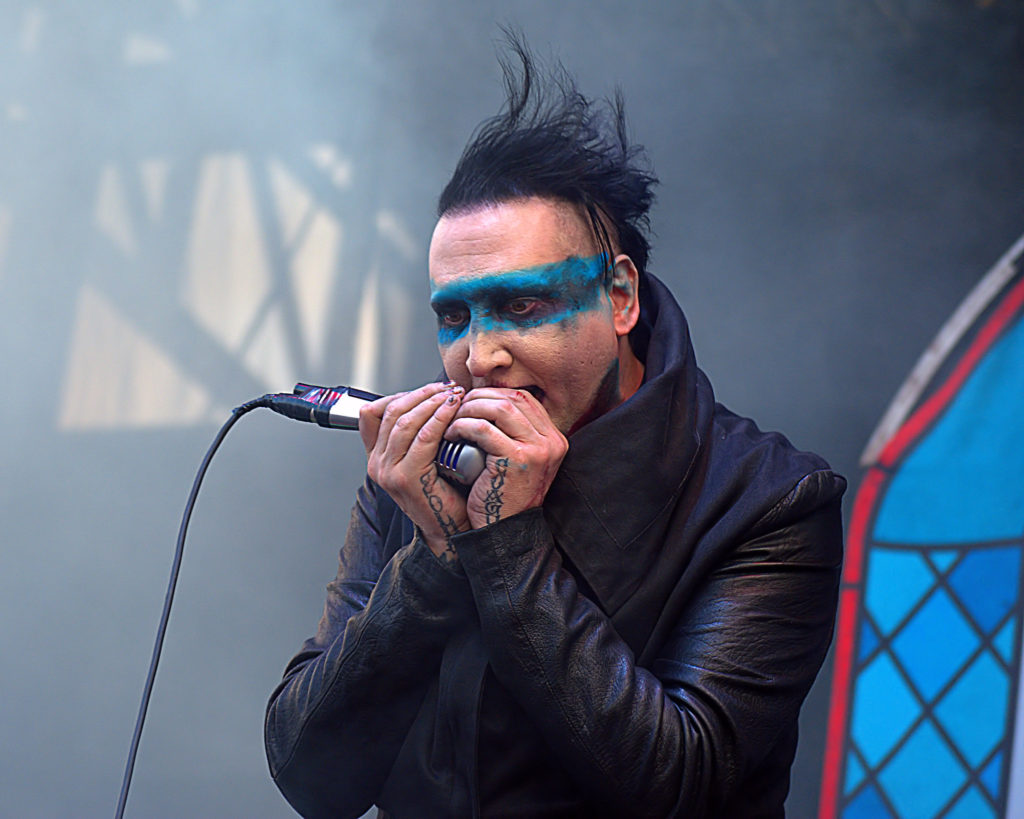
Brian Warner’s stage name wasn’t random shock value—it was cultural commentary. Combining Marilyn Monroe and Charles Manson highlighted America’s twisted celebrity worship.
The duality worked perfectly. Good and evil, beauty and violence, fame and infamy—all wrapped in one provocative package that guaranteed headlines and platinum sales. Warner extended this naming strategy to other band members, creating an entire mythology that made publicists simultaneously thrilled and terrified.
17. David Bowie’s Accident-Made Icon
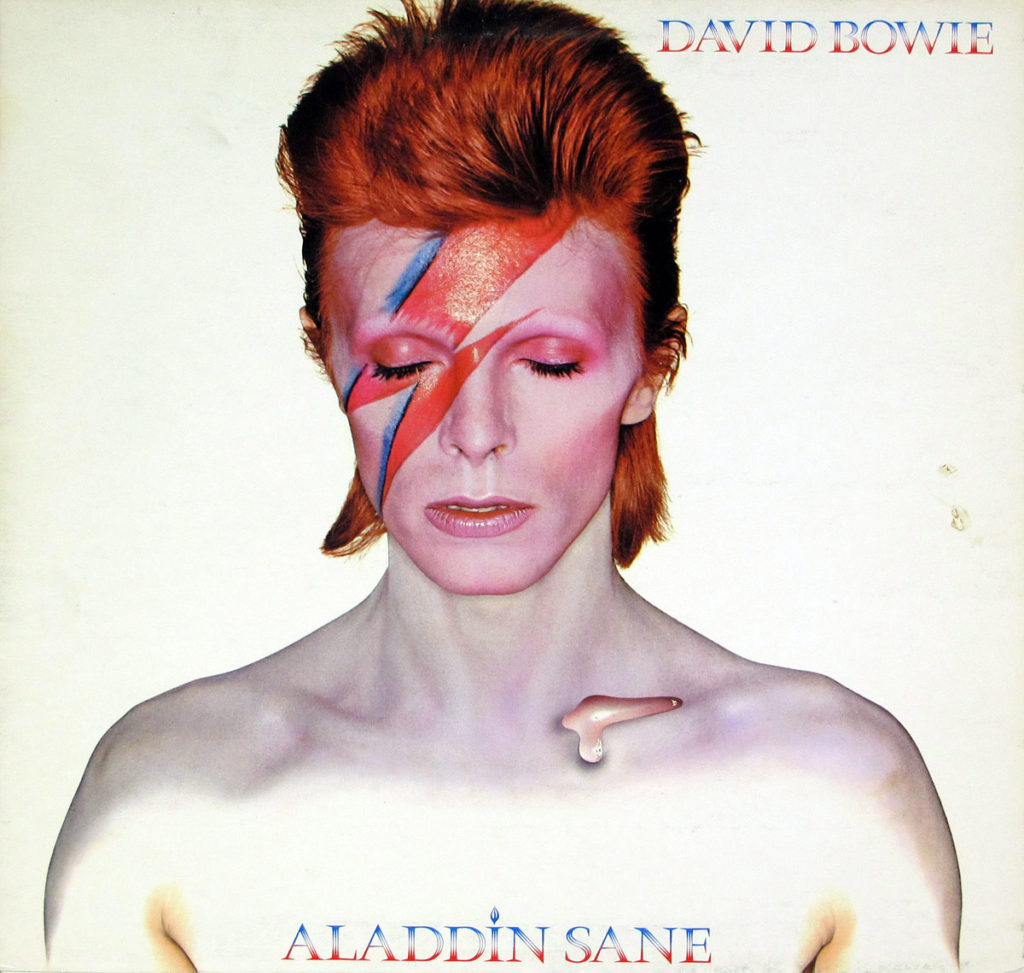
Bowie’s seemingly different-colored eyes weren’t genetic—they were the result of a teenage fight. Friend George Underwood punched him over a girl, permanently dilating Bowie’s left pupil.
The injury impaired his depth perception but created his otherworldly gaze. Sometimes the best marketing comes from accidents that become signatures. Bowie later thanked Underwood for giving him “a kind of mystique.” Heterochromia is a rare condition where eyes are different colors, but Bowie’s case was due to injury.
16. Elvis Cons the President
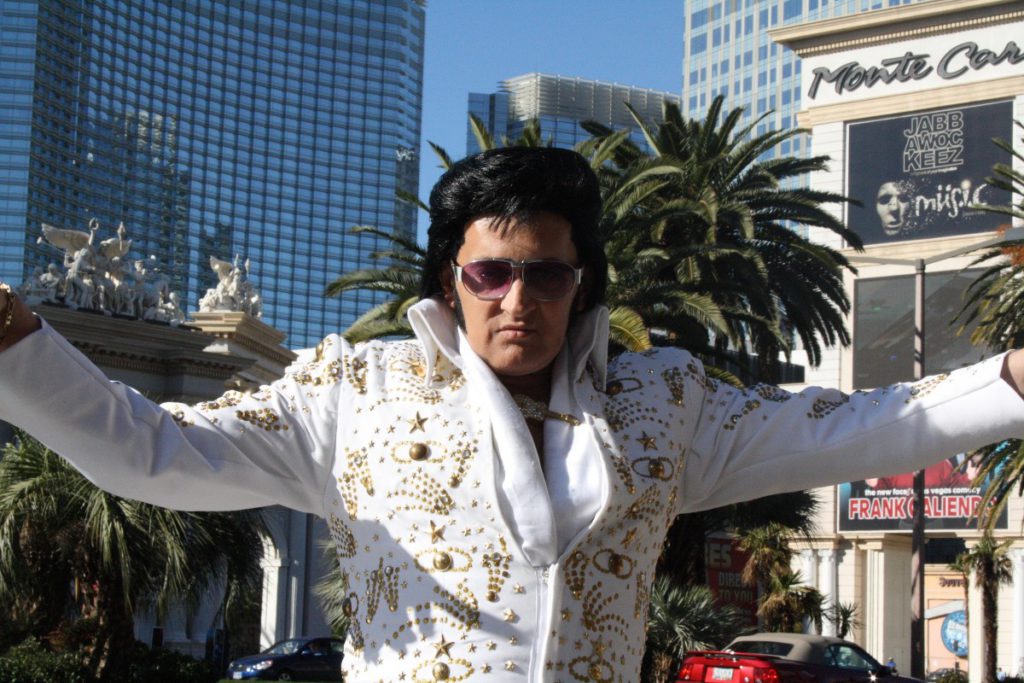
Elvis talked his way into the White House in 1970 with one goal: getting a federal narcotics badge from Nixon. The King convinced the President he was anti-drug while hiding his own prescription addiction.
Mission accomplished. Elvis got his badge and Nixon got one of the National Archives most requested photos. Both men lived contradictions that defined their legacies. The meeting symbolized the surreal collision of politics and pop culture—because apparently the ’70s weren’t weird enough already.
15. John Bonham’s Fatal Night
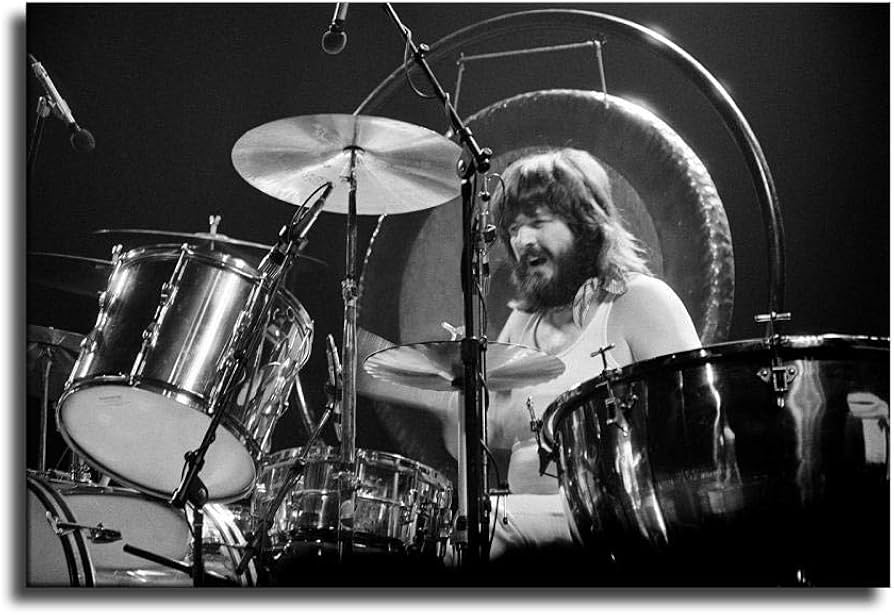
Led Zeppelin powerhouse drummer consumed roughly 40 shots of vodka before choking on his own vomit at age 32. The tragedy ended Led Zeppelin immediately—they refused to continue without Bonham…. His death became rock’s ultimate cautionary tale. The same intensity that made his drumming legendary also killed him. Bonham’s thunderous style revolutionized rock percussion but couldn’t save him from his demons.
14. Iggy Pop’s Dangerous Games

Rock rebellion crossed into cruelty when Iggy Pop drugged his girlfriend’s dogs with Valium for kicks. She unleashed hell on him, calling him a junkie and a lunatic.
The incident strained their relationship and forced Iggy to confront consequences. Sometimes being wild means knowing when you’ve gone too far. This moment revealed the dangerous line between rebellious art and harmful behavior.
13. Charles Manson’s Beach Boys Betrayal
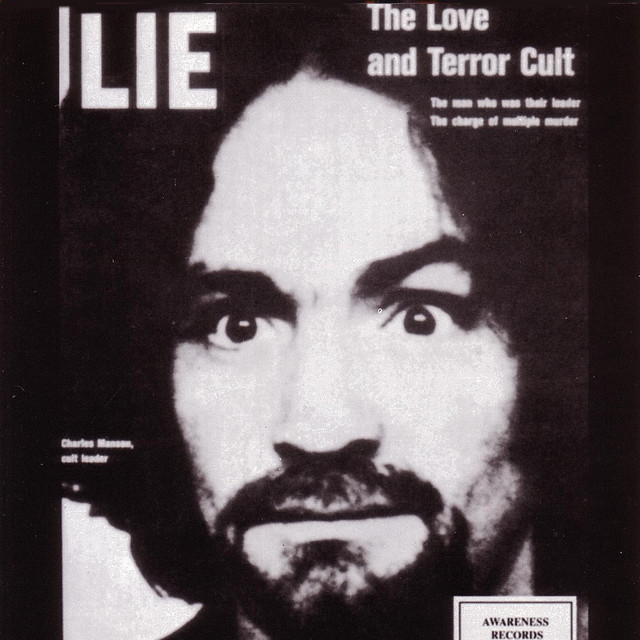
Cult leader Charles Manson befriended Beach Boys drummer Dennis Wilson and gave him the song “Cease to Exist.” Wilson rewrote it as “Never Learn Not to Love” without crediting Manson.
The betrayal happened before Manson’s infamous murders. Wilson later regretted the connection, but the Beach Boys profited from a killer’s creativity. This dark chapter shows how artistic collaboration can turn into exploitation—though “stiffing a homicidal cult leader on songwriting credits” probably wasn’t covered in music business school.
12. The Outlaws’ Macabre Memorial
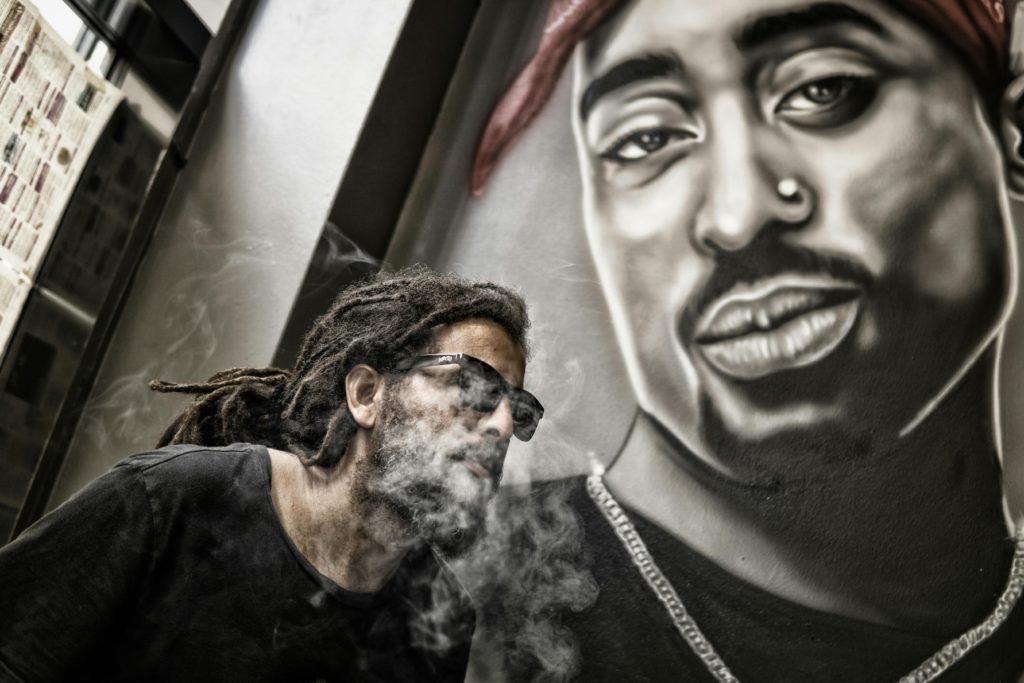
When Tupac died in 1996, his rap crew The Outlaws wanted a unique tribute. They mixed some of his ashes with marijuana and smoked it together.
They called it keeping Tupac’s spirit alive. Critics called it shocking. Either way, it showed how grief and love can take unexpected forms. This unconventional memorial sparked controversy but demonstrated profound bonds between artists.
11. Harry Nilsson’s “Cursed” Flat
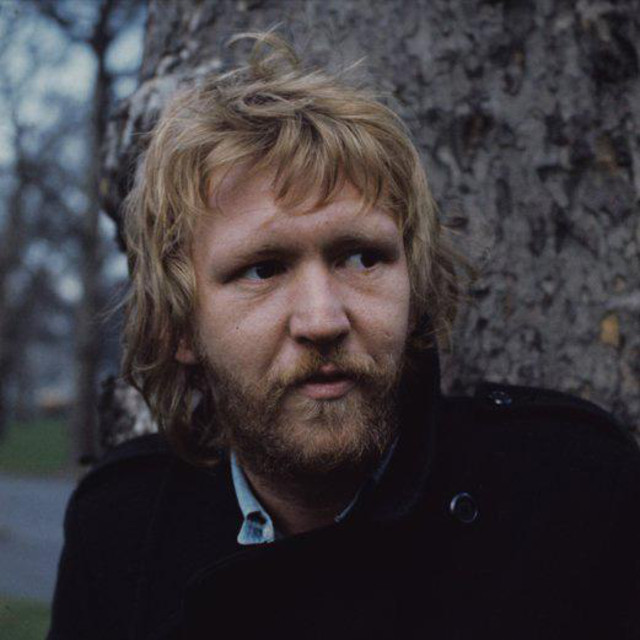
Two rock stars died at 32 in the same London flat owned by Harry Nilsson. Mama Cass Elliott succumbed to heart failure, then Keith Moon overdosed on sedatives in the same room.
Superstition labeled it cursed, but logic explains it better. Two young stars living hard and dying young—tragic coincidence, not supernatural curse. The “cursed flat” theory persists despite rational explanations for both deaths.
10. Iggy Pop’s Biker Battle
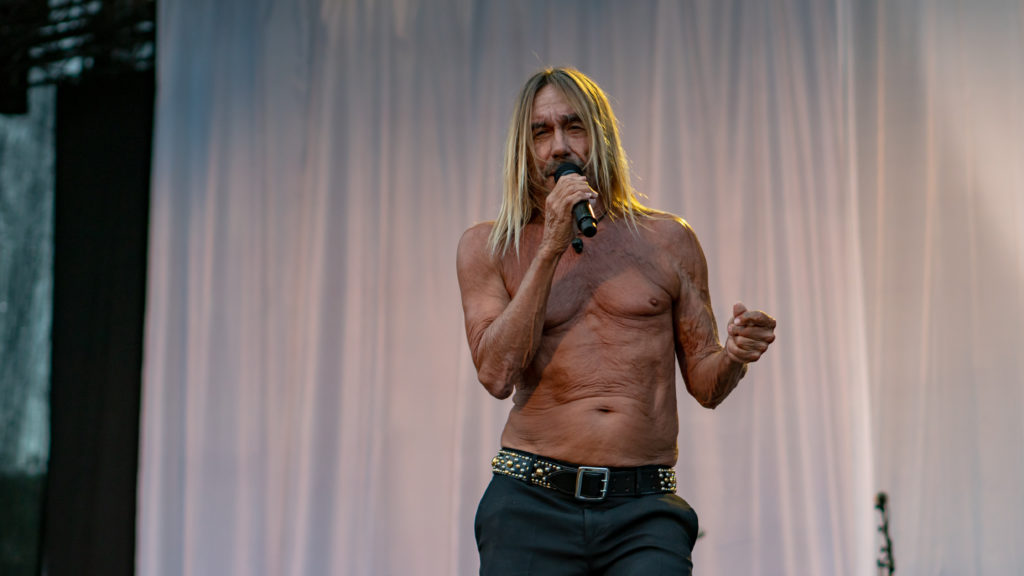
The 1974 Detroit show captured on “Metallic K.O.” became legendary for all the wrong reasons. Bikers heckled Iggy, bottles flew, and chaos erupted.
You can hear the violence unfold on the recording—bottles smashing, crowd shouting, mayhem preserved for posterity. Pure, unfiltered rock danger. The album became a cult classic documenting the volatile relationship between punk artists and hostile audiences.
9. Jim Morrison’s Presidential Insult
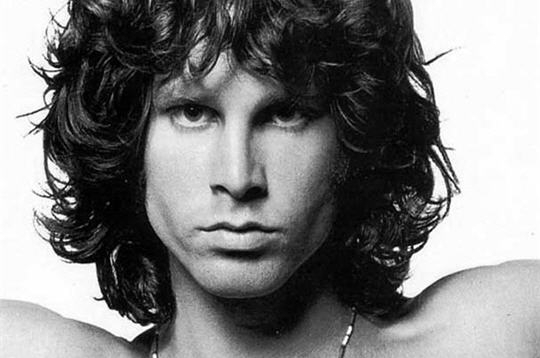
During a backstage encounter in New Haven, Connecticut, a cop interrupted Morrison’s shower rendezvous with a fan. Morrison’s response? “Eat it.” When warned, he doubled down: “Last chance to eat it, Dad.”
The arrest that followed cemented Morrison’s counterculture credentials. Sometimes defiance defines a career more than any song. Morrison’s boldness against authority made him an icon of 1960s rebellion.
8. Van Halen’s Brown M&M Test

Van Halen’s contract details demanded bowls of M&Ms with all brown ones removed. Critics called it rock star excess, but it was pure genius.
If brown M&Ms appeared, they knew the venue hadn’t read safety requirements carefully. One candy clause revealed whether promoters might skip crucial technical details. This simple test became legendary in business management literature as a brilliant attention-to-detail check.
7. Prince’s Door-to-Door Faith
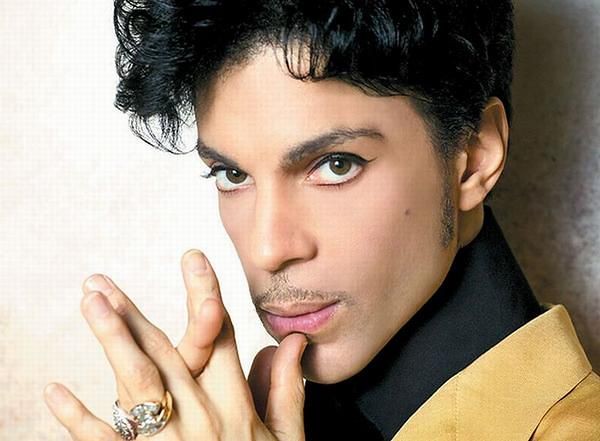
After becoming a Jehovah’s Witnesses in 2001, Prince practiced door-to-door ministry. One awkward encounter involved pressuring a Jewish woman to convert using Bible quotes.
Fame and faith don’t always mix smoothly. Prince’s sincere beliefs sometimes clashed with his celebrity status and others’ boundaries. His spiritual transformation influenced his later music but complicated his interactions with fans.
6. Keith Richards’ Sleepless Sessions

The Rolling Stones guitarist claimed he stayed awake for nine straight days. He also recorded “Before They Make Me Run” during a five-day sleepless marathon.
Richards treated sleep like an inconvenience interrupting his art. Whether superhuman or just super-stimulated, his endurance became rock mythology. These extreme habits contributed to his legendary “indestructible” reputation but raised serious health concerns
5. Van Morrison’s Revenge Songs
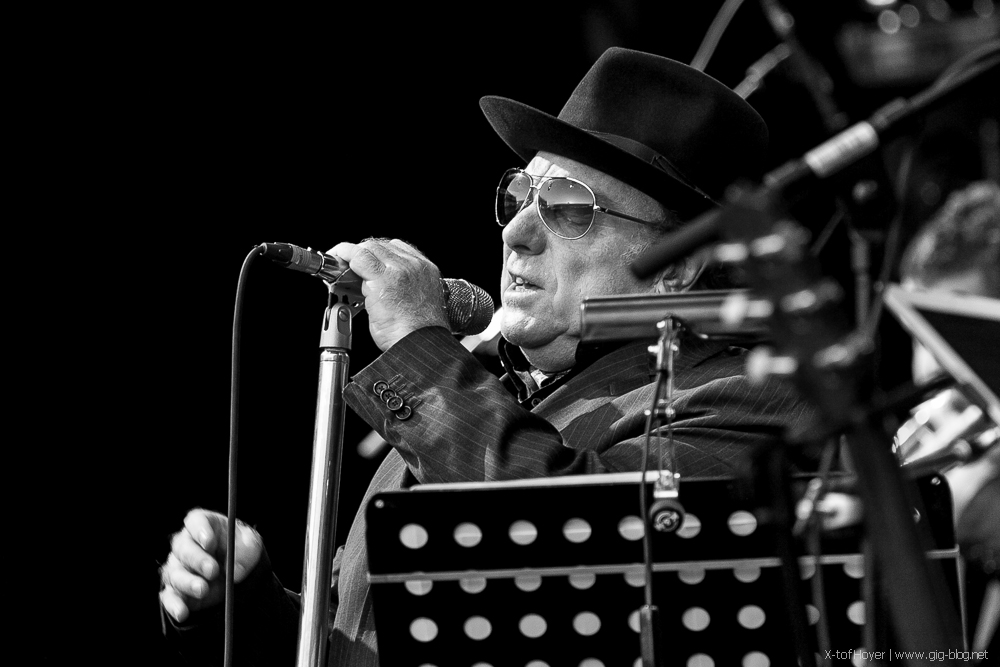
Trapped by his Bang Records contract, Van Morrison recorded 30 songs in one day to fulfill his obligations. Titles included “Want a Danish” and “Ringworm.”
The intentionally terrible tracks sabotaged his label while meeting legal requirements. Sometimes artistic rebellion means making art so bad it becomes brilliant. This creative protest became a cautionary tale about exploitative music industry contracts
4. Michael Jackson’s Gaming Legacy
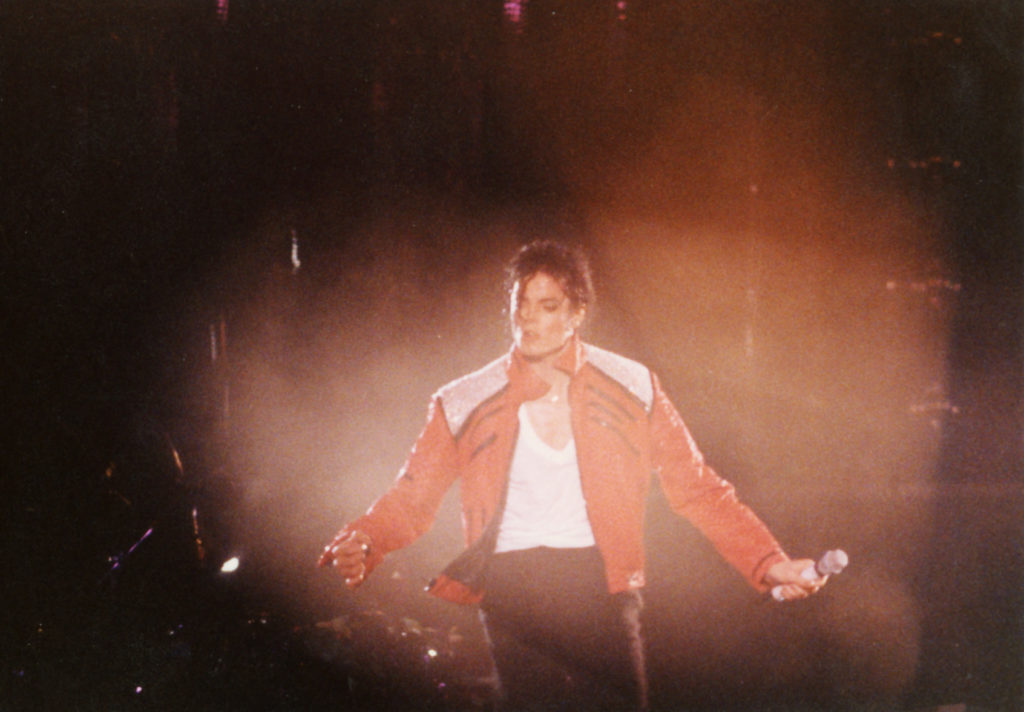
The King of Pop secretly composed music for Sonic the Hedgehog 3. Controversy around Jackson led Sega to remove his credit, but his musical fingerprints remained.
Gaming fans detected Jackson’s style years later. Composers finally confirmed his involvement in 2016, proving his creativity reached beyond music into pixels. This hidden collaboration helped legitimize celebrity musicians working in the gaming industry.
3. Elvis’s Blonde Deception
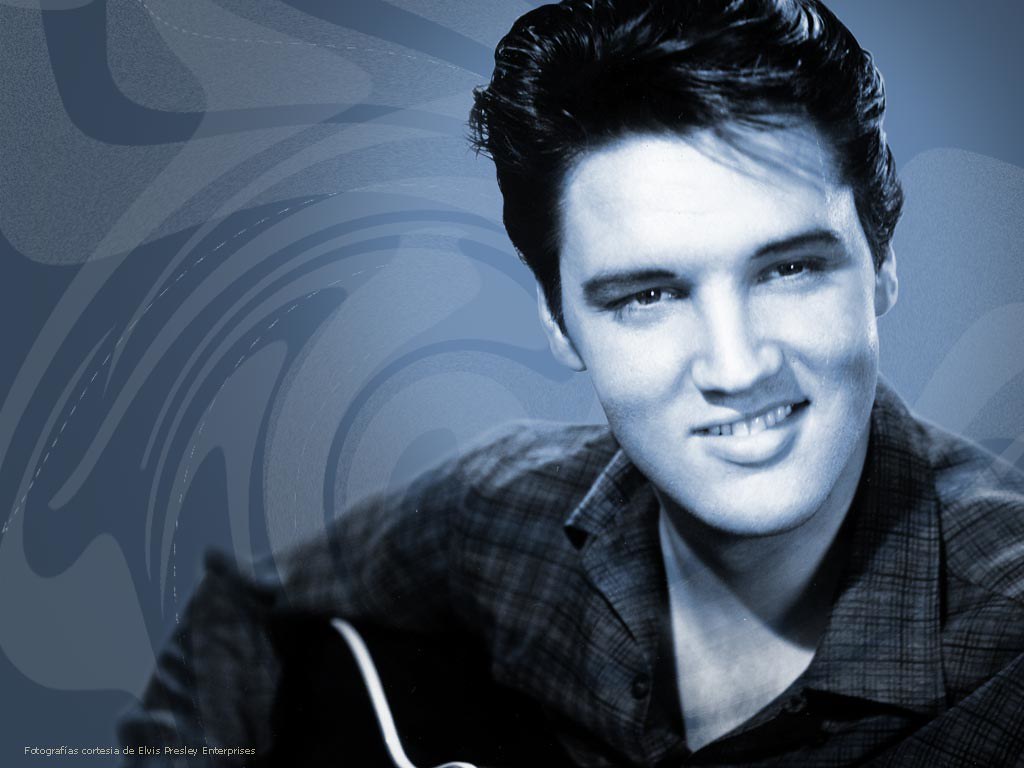
The King wasn’t born with jet-black hair—he was naturally blonde. Elvis dyed it dark as a teenager to create a more striking, mysterious image.
The transformation worked. Elvis became an icon partly through reinvention, proving sometimes the best marketing strategy is hiding your true self. This early example of image crafting set the template for future pop stars.
2. Sinatra’s Tomato Terror
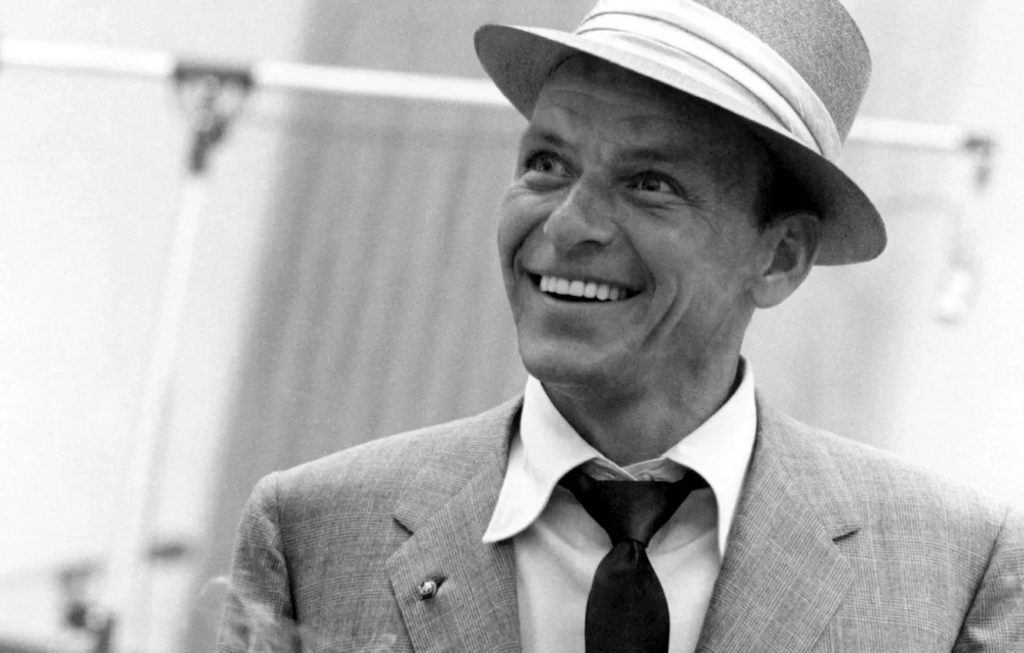
Frank Sinatra genuinely feared tomatoes—their color, texture, smell, everything. He banned them from dressing rooms and once threw a fit over a tomato painting.
The phobia shaped his entire culinary world. Even legends have irrational fears that humanize their larger-than-life personas. Sinatra’s tomato terror became part of his eccentric mythology among peers and biographers.
1. The Quarrymen’s Humble Beginning
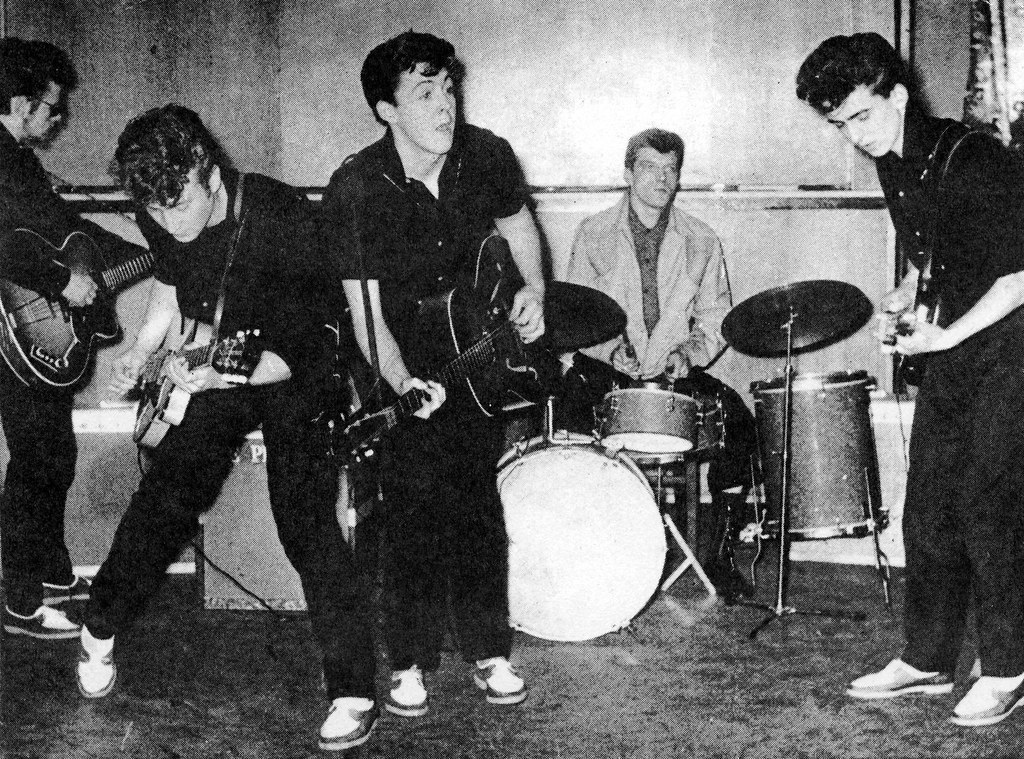
Before The Beatles conquered the world, John Lennon formed The Quarrymen at age 16. The skiffle group played local events and parties around Liverpool.
When Paul McCartney and George Harrison joined, the core of The Beatles emerged. Every revolution starts somewhere—sometimes it’s just teenagers with guitars. The Quarrymen’s humble beginnings prove that musical legends often start with the simplest dreams.




